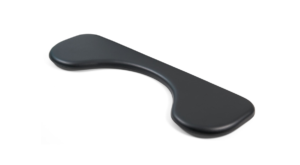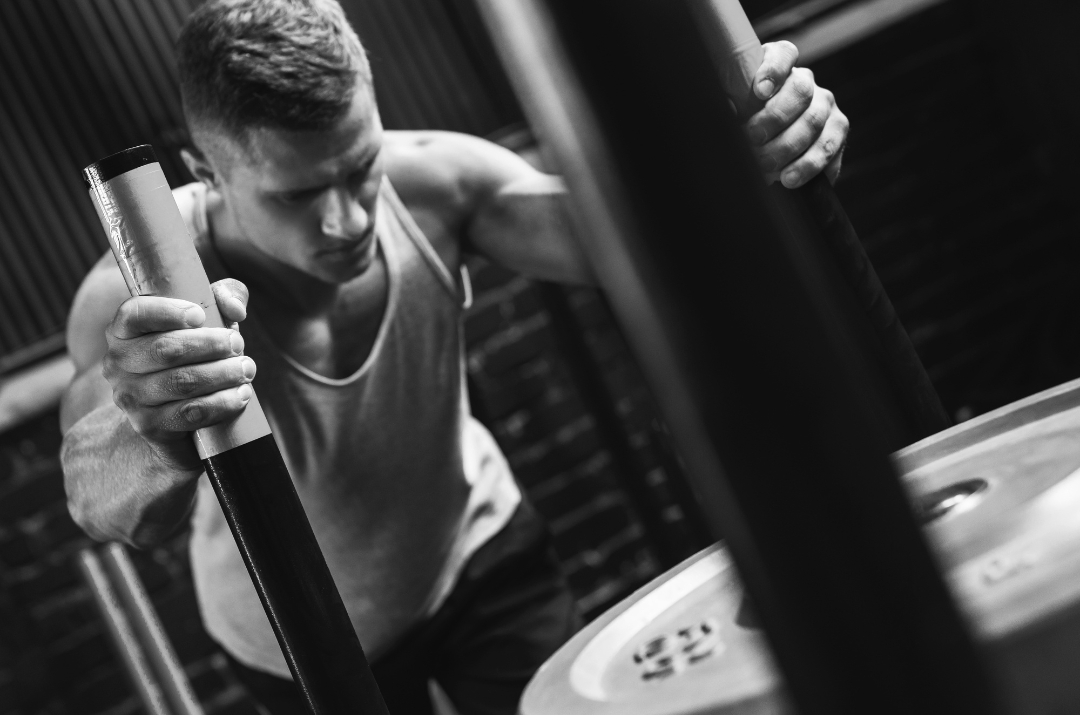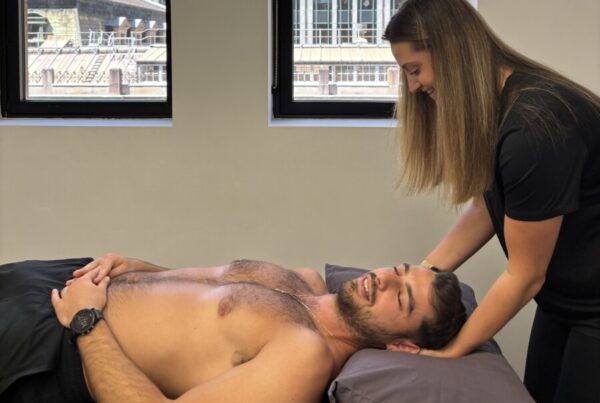At Bend + Mend Physiotherapy, a good proportion of our clients are office-based workers in the CBD and surrounding areas. We recognise that many people spend hours working at desks, typing on computers, or performing repetitive motions. While these activities are often necessary for our work and daily life, they can lead to discomfort or even injury. One common area of concern is the forearm and wrist, where overuse or poor posture can result in pain, strain, and long-term problems. This is where an ergonomic forearm support can make a significant difference in maintaining comfort and preventing injury. Below I will discuss some of these benefits in greater detail.
Reducing strain and tension:
 One of the primary reasons we might recommend an ergonomic forearm support is to reduce strain and tension in the forearm muscles and tendons. When you rest your forearms on a desk or workstation without adequate support, your muscles are forced to hold up your arms for long periods. This prolonged muscle contraction can lead to discomfort or even injuries like tendinitis or muscle fatigue.
One of the primary reasons we might recommend an ergonomic forearm support is to reduce strain and tension in the forearm muscles and tendons. When you rest your forearms on a desk or workstation without adequate support, your muscles are forced to hold up your arms for long periods. This prolonged muscle contraction can lead to discomfort or even injuries like tendinitis or muscle fatigue.
An ergonomic forearm support provides a cushion that supports the weight of the arms, alleviating this unnecessary strain. By giving your muscles a break, you help prevent overuse injuries, which are common in individuals who spend long hours at desks or computer stations.
Encouraging proper posture:
Maintaining a neutral wrist position is key to preventing strain on the forearm and wrist joints. When your wrists bend up or down while typing, it can place undue pressure on the tendons and ligaments, potentially leading to conditions like carpal tunnel syndrome. An ergonomic forearm support can help promote a more natural, relaxed wrist position.
Aligning the forearm properly with the hand and wrist encourages a more ergonomic posture overall, which can reduce the risk of repetitive strain injuries. At Bend + Mend we emphasize the importance of maintaining the correct posture while working, as poor posture is a leading contributor to musculoskeletal disorders.
Promoting better circulation:
When your arms are unsupported for long periods, it can impede blood flow and reduce circulation, especially in the forearms and hands. Restricted circulation can lead to numbness, tingling, and discomfort. An ergonomic forearm support helps to lift and position the arms in a way that promotes better circulation, reducing the risk of developing these symptoms. For individuals who experience tingling or a sensation of pins and needles in their hands or wrists, improving circulation through proper support is crucial.
Preventing long-term injuries:
Chronic discomfort or repetitive strain on the forearm muscles and joints can eventually result in long-term injuries such as tendonitis or carpal tunnel syndrome. As physiotherapists we are keenly aware of the long-term impact of poor ergonomics, and recommending an ergonomic forearm support is one of the ways they help clients avoid these types of injuries.
By investing in ergonomic supports early on and practicing proper posture, you can avoid developing more serious musculoskeletal issues down the road. During our ergonomic assessments we work with clients to educate them on injury prevention strategies, and using ergonomic accessories like forearm supports is one practical solution that we might suggest.
Improving comfort and productivity:
For many people, pain or discomfort in the forearms, wrists, or shoulders can hinder their ability to focus and perform tasks efficiently. When you’re uncomfortable, you’re less likely to work at your full potential. We understand that maintaining comfort is essential for productivity, and a supportive forearm cushion can make a noticeable difference. With reduced pain and fatigue, you’ll be able to work more comfortably and effectively, improving both your physical well-being and your work output.
Customisable support for different needs:
 One of the advantages of ergonomic forearm supports is that they come in a variety of designs and materials to suit individual needs. Some may be designed for specific workstations, while others are more portable for use with laptops or mobile devices. We can help you choose the right type of support based on your work habits, the duration of your desk time, and any pre-existing conditions.
One of the advantages of ergonomic forearm supports is that they come in a variety of designs and materials to suit individual needs. Some may be designed for specific workstations, while others are more portable for use with laptops or mobile devices. We can help you choose the right type of support based on your work habits, the duration of your desk time, and any pre-existing conditions.
For example, people with existing wrist pain or issues like tendinitis might benefit from more cushioned support, while others may need something that offers more rigid stability. Customizing your support to your specific needs ensures you’re getting the best benefit.
Supporting rehabilitation:
For individuals recovering from a forearm or wrist injury, we may recommend an ergonomic forearm support as part of their rehabilitation. A forearm support can help alleviate the pressure on the affected area during the recovery process, giving the tissues the chance to heal without being aggravated by daily activities.
Of course, this is in addition to strengthening exercises and strategies to maintain good posture. Using ergonomic supports can complement these efforts by reducing the likelihood of re-injury.
In conclusion…
Ergonomic forearm supports are a simple yet effective tool that we often recommend to prevent discomfort, reduce strain, and promote proper posture during long periods of desk work. By investing in this type of support, you can improve circulation, reduce the risk of long-term injuries, and enhance overall comfort—leading to improved productivity and better physical well-being.
Whether you’re dealing with an existing injury or simply want to improve your posture and prevent future discomfort, book in for an ergonomic assessment at Bend + Mend to see if an ergonomic forearm support could be the right solution for you.






